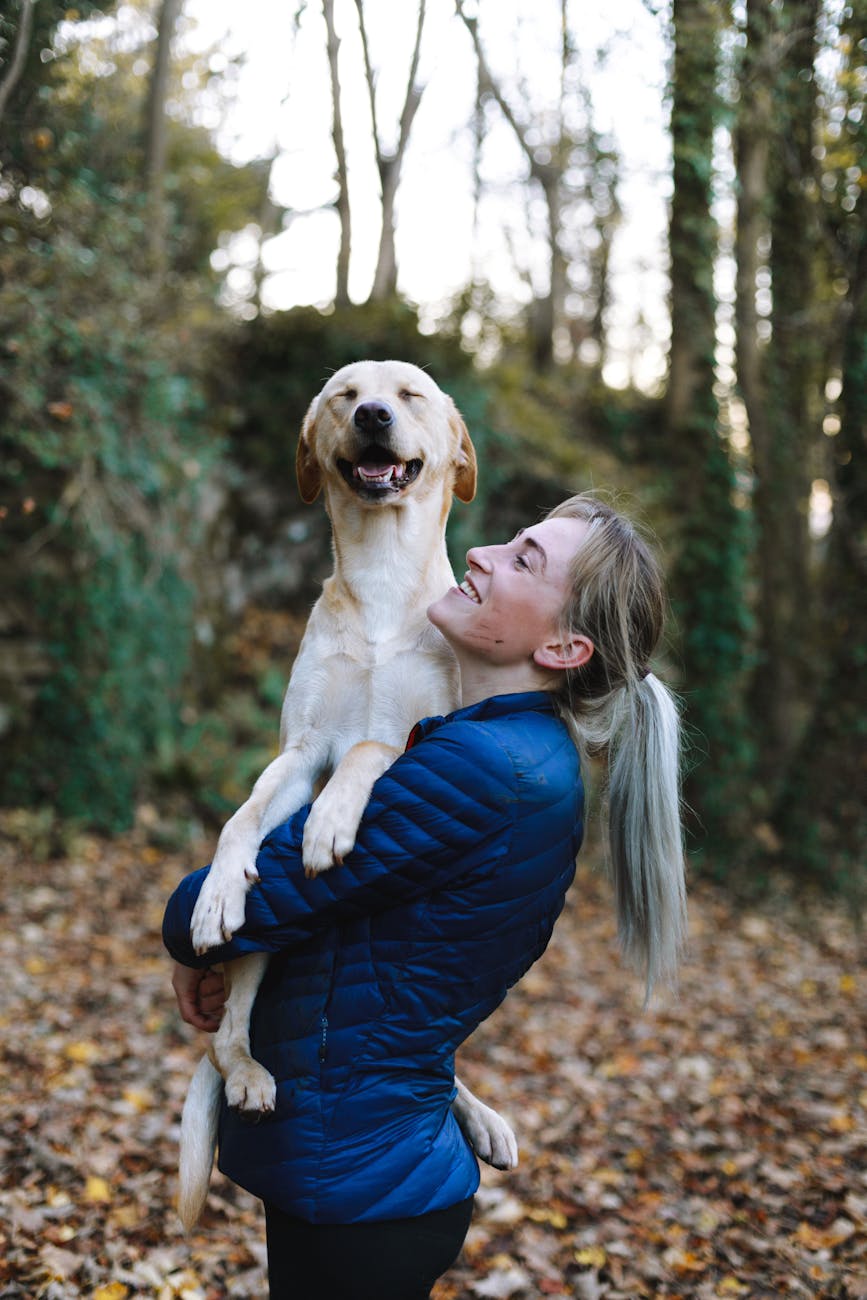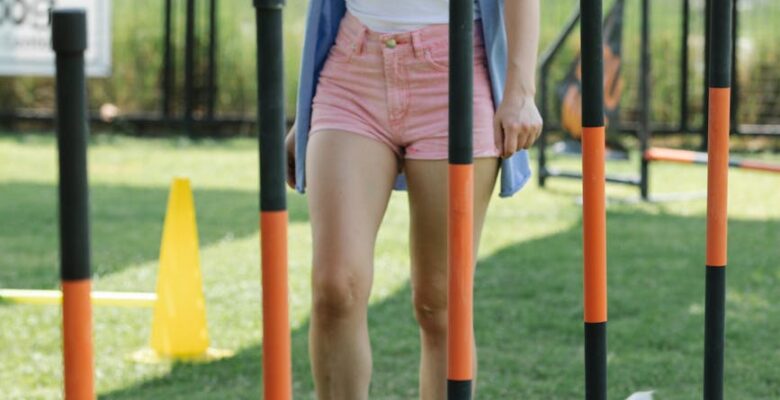Are you ready to train your dog or puppy? Your dog’s basic needs include some simple commands and socializing. It is important and necessary to begin teaching your dog or puppy how to sit, stay, come, go to their kennel, and use the restroom outdoors as soon as possible. Believe it or not, even as a beginner, you can do it yourself.
Dog training might be intimidating at the beginning, especially if you have never had a dog or trained a dog. In reality, training your dog or puppy is a huge undertaking. However, If you approach it step by step, the work will seem much less onerous. Here’s some information to help you get started.
Dog Training Basics
Begin a Dog Obedience Program: Learn how to lay the groundwork for your dog’s training before you begin. This will assist in developing consistent protocols that you and your dog will follow, making things easier for everyone.

Use positive reinforcement: By using positive reinforcement when you are training your dog or puppy you are rewarding the behaviors you enjoy while ignoring the ones you dislike. Treats, toy play, pets, or anything else that the dog responds to can all be used as rewards. These “rewarding” approaches can even be used to train fully potty-trained dogs to utilize these innovative doggie doorbells to alert you when they need to potty.
Make training fun: Keep training sessions brief to avoid frustration, maintain a light tone, and be fair to your dog. Your training sessions will be far more productive if both of you are having fun.
House and Crate Training
Unless you intend to leave your dog outside (which few pet owners do because it is not encouraged), you will need to teach your dog where to go pee. House training is one of the first things you should focus on with your dog. Crate training can be a very valuable and important aspect of the training process. This includes house training and many other aspects of training.
Crate Training Dogs and Puppies: Here are some simple steps for training your dog or puppy to accept and even like the crate. A crate can help with housebreaking and provide your dog with his own space.
How to Housetrain Your Dog: When it comes down to it, house training isn’t particularly difficult, but that doesn’t mean it’s simple. Consistency and diligence are essential during the housebreaking process.
Excitement/Submissive Urination: If your dog or especially a puppy is having accidents in the house frequently, the problem may be more than just housebreaking. Your dog may urinate out of excitement or to demonstrate submissive behavior.
Leash Training Dogs and Puppies
Leash training should be done for all dogs’ safety; aside from the fact that most locations have leash restrictions, keeping your dog on a leash may be necessary for his own protection. All owners of dogs and puppies should learn how to properly introduce a leash to their dog or puppy and then teach him/her how to walk correctly on it. Walking your dog on a slack leash reduces pulling and lunging, making the experience more enjoyable for both you and your dog.
How to socialize dogs and puppies
Socialization is the process of exposing your puppy or dog to new people, animals, and environments in order to train him to accept them. Properly socialized dogs or puppies are less likely to develop behavioral issues with people and other animals. Socialization can also help to avoid the onset of anxieties and phobias.
The basic line is that socializing your dog or puppy will result in a happier canine and happier owners.
Clicker Training For Dogs
This type of training is a popular kind of positive reinforcement. It is a very simple and successful dog training technique. Although it is acceptable to train your dog without a clicker, many people find it useful. Clicker training allows you to easily and efficiently teach your dog and puppy a variety of basic and advanced instructions and tricks.
Easy, fun tricks and commands
Every dog should know some basic dog training skills and commands, such as come, speak, drop it, stay, and back up. Basic commands help your dog develop structure and can also help you overcome dog behavior issues and keep your dog safe.

What’s more enjoyable than showing off your dog’s impressive tricks? Once you’ve mastered the fundamentals, tricks are an excellent method to advance your dog’s training and provide mental excitement.
Proofing Behaviors and Troubleshooting
Proofing is the final step in teaching your dog to perform any new behavior. Learn how to prove behaviors so that your dog is as obedient at the park or at a friend’s house as he is at home.
Remember that just because you’ve reached the end of your training doesn’t mean that behavioral issues will go away. Learn about the most frequent dog behavioral issues and how to cope with them.
These guides will help you negotiate this stage of the training process:
Practice, Practice, Practice! Practice behaviors in diverse settings with varying levels of distraction. Without proof, your dog may behave beautifully in your living room but appear to forget all of his training when he leaves the house.
Recognize Common Dog Behavioral Issues: Understanding potential behavioral issues might help you spot and treat them before they become out of control.
Advanced Dog Training
Once your dog has learned all of the fundamentals, you can consider progressing to more complex tricks or training your dog for dog sports. These activities will help your dog stay active, healthy, and cognitively stimulated. They will also strengthen the attachment you have with your canine buddy.
Remember, training is a constant process. You’ll never be entirely done. Obedience training should be continued for the rest of your dog’s life. People who learn a language at an early age but stop speaking it may lose much of it as they get older. The same logic applies to your dog: use it or lose it. Even practicing the most basic tricks and commands will help your dog remember them. Furthermore, it is an excellent way to spend time with your dog.
Here are some frequently asked questions on how to train your dog
How many hours per day should you train your dog?
Short dog training sessions are ideal to keep him from feeling overwhelmed, annoyed, disinterested, or bored. Even a few minutes at a time can have a significant impact. You do not need to teach your dog for an hour or more every day to see results; instead, you can alternate between small training sessions throughout the day, evaluating your dog’s behaviors to determine when he has had enough.
How do you teach your dog not to get distracted by other dogs?
While your dog should always be leashed when out, there are various ways to teach him not to be bothered by other dogs while on walks. Keep a safe distance from other dogs while out, and whenever your dog spots another dog, call his name and praise him with a treat. You can continue this practice, gradually approaching canines while urging your dog to ignore them and rewarding him with a goodie.
How can you teach your dog not to run away?
Many experts say that chasing a fleeing dog will simply encourage him to run faster because the dog perceives this as a game. Begin training your dog to remain. Slowly walk away from him, then call his name and reward him with a treat when he returns to you. You may also supplement any and all training by spending time with friends or family, having them call your dog, and rewarding him with treats when he approaches them.
How do you train your dog not to jump on people?
First, instruct your dog to “sit” and request people not to approach. If your dog is approached and responds to this instruction, give him a treat. Reinforcement is essential!
